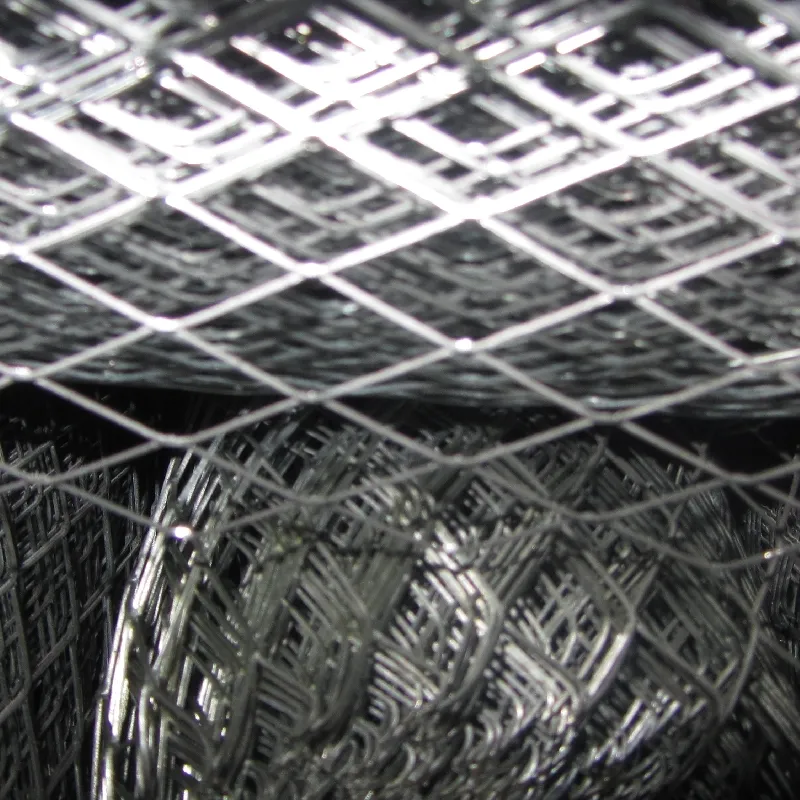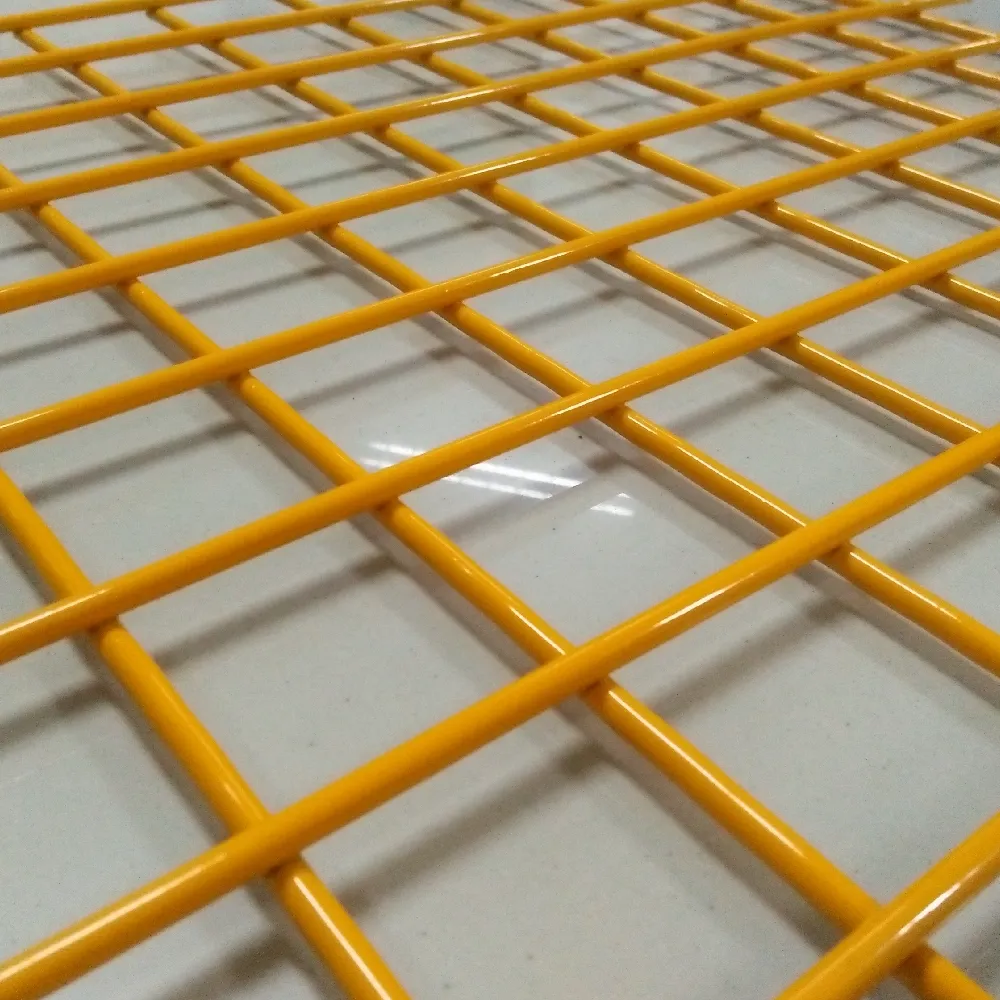Steel metal grating stands as a highly versatile and indispensable component across a wide range of industries. Its robust nature, combined with exceptional load-bearing capacities, makes it an ideal choice for various applications, from industrial walkways to architectural installations. This comprehensive guide delves into the intricacies of steel metal grating, offering insights into its benefits, applications, and why it remains a top choice for engineers and architects alike.

Steel metal grating is crafted by assembling an array of steel bars, which can be plain or serrated for enhanced slip resistance. These bars are intersected by crossbars through the process of welding or riveting, ensuring an incredibly durable structure. The types of steel commonly used include carbon steel for economical yet strong grating, and stainless steel for corrosion resistance, suitable for harsher environments. Each material choice ensures that the grating can meet specific needs, be it for corrosion resistance or cost-effective strength.
One significant advantage of steel metal grating is its impressive strength-to-weight ratio. This makes it an excellent choice for flooring where support and transparency are required without adding considerable weight to the structure. Engineers often prefer it for constructing platforms and mezzanines in industrial settings where airflow and light passage are essential. In outdoor applications, such as bridges and rooftops, its durable qualities withstand environmental stresses, including heavy loads and harsh weather.

The safety features of steel metal grating cannot be overstated. Its naturally slip-resistant surface is essential in environments where spills or debris may cause hazards. Serrated surfaces enhance this feature, providing extra grip even when wet. This makes steel grating indispensable in areas prone to oil spills or environmental moisture, such as petrochemical plants and food processing facilities.
From an architectural perspective, steel metal grating offers both function and form. It is frequently employed in modern architectural designs where aesthetics and practicality overlap. The open grid structure provides a sleek, industrial look that complements contemporary styles, allowing for creative uses in facades, ceiling panels, and decorative exterior cladding. This versatility extends to its role in pedestrian pathways and public zones, where robustness and appealing design are required.
steel metal grating
Installation efficiency is another key advantage. Pre-fabricated grating panels can be rapidly deployed, reducing labor costs and installation time. This efficiency does not compromise on durability or safety, making it an optimal solution for project managers aiming to maintain budget constraints without sacrificing quality or performance.
Maintenance of steel metal grating is straightforward, attributed to its inherent robust properties. Regular cleaning to prevent buildup of debris is generally sufficient, and routine inspections for any unusual wear or damage ensure longevity. With stainless steel options, concerns about corrosion are further diminished, making them suitable for environments exposed to chemicals or saline conditions.
In terms of environmental impact, steel metal grating contributes positively to sustainable building practices. Steel is fully recyclable, allowing for eco-friendly disposal and repurposing at the end of its lifecycle. Furthermore, the open-grid design facilitates natural air flow and light penetration, reducing the need for artificial ventilation and lighting—thereby lowering energy costs.
In conclusion, steel metal grating combines strength, safety, and aesthetic versatility, making it an outstanding choice for a plethora of applications. It embodies the qualities of durability and adaptability, essential in meeting the demands of modern construction and industrial projects. Whether opting for carbon or stainless steel, its capacity to withstand environmental challenges while providing functional elegance affirms its authority and trustworthiness in the field of structural materials. Engineers, architects, and builders continue to rely on steel metal grating, trusting its proven expertise to deliver exceptional results across diverse projects.
























